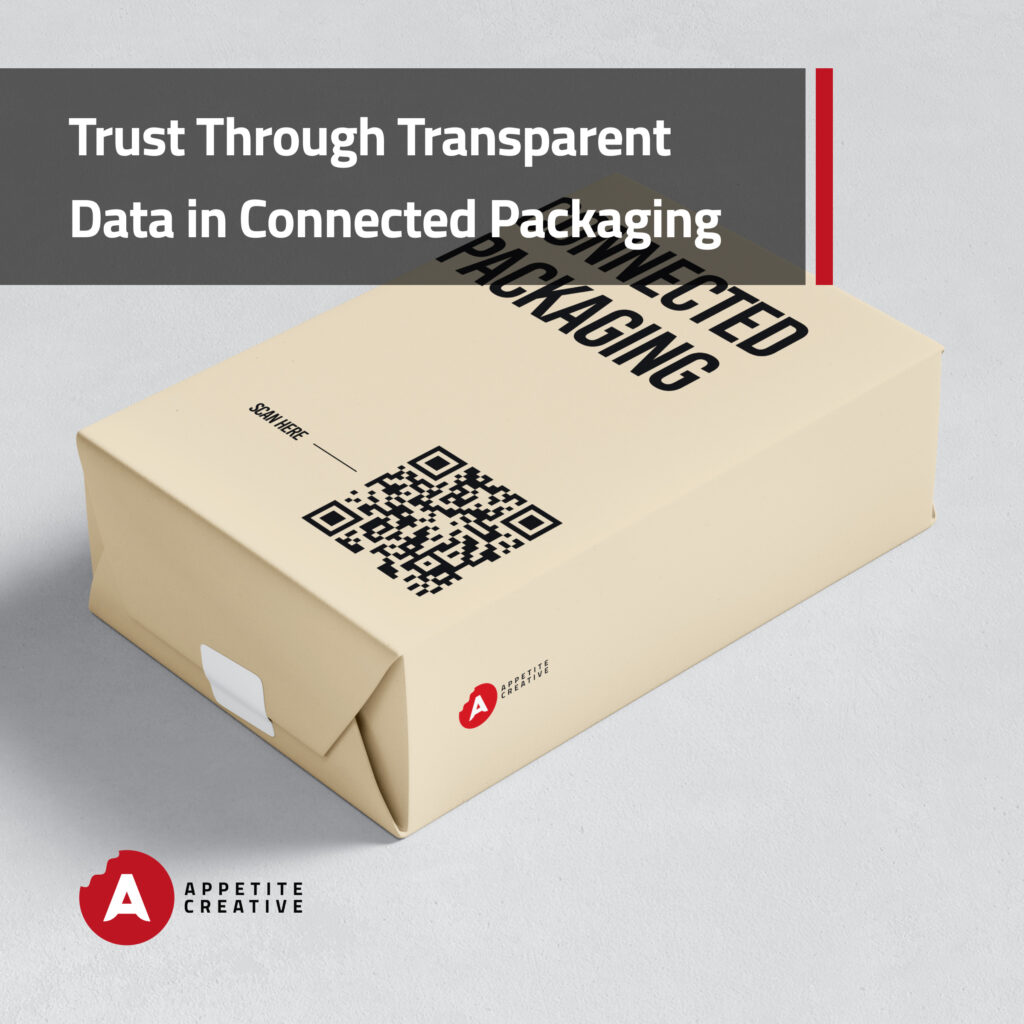
We live in a world where consumers are increasingly concerned about the privacy and security of their data. As brands leverage connected packaging technologies to enhance consumer engagement, transparency in data practices becomes paramount. In this article, we’ll explore the importance of transparency in connected packaging and how it builds consumer trust. We’ll also discuss strategies for implementing transparent data practices to foster trust and loyalty among consumers.
Smart Packaging in Consumer Engagement
Smart packaging solutions, such as augmented reality packaging and QR code advertising, have transformed the way brands interact with consumers. These technologies offer immersive experiences and valuable information, enriching the consumer journey. However, with the collection of consumer data comes the responsibility to handle it ethically and transparently.
Understanding Connected Packaging and Data Practices
Connected packaging involves the integration of digital technologies, such as QR codes and NFC tags, into traditional packaging designs. These technologies enable brands to collect data about consumer interactions, preferences, and behaviors. To build and maintain consumer trust, brands must be transparent about how they collect, use, and protect this data.
Implementing Transparent Data Practices
Transparency in data practices begins with clear and concise communication. Brands should provide consumers with transparent information about the types of data collected through connected packaging, the purposes for which it is used, and the measures taken to ensure its security. Additionally, brands should offer consumers control over their data, allowing them to opt out of data collection or choose how their data is used.
Trust Through Transparency
Transparent data practices are not only a legal requirement but also a key driver of consumer trust. When consumers feel confident that their data is being handled responsibly, they are more likely to engage with brands and make informed purchasing decisions. By prioritizing transparency, brands can build long-term relationships with consumers based on trust and mutual respect.
Gamification Marketing for Transparency
Gamification marketing can be a powerful tool for promoting transparency in connected packaging. By incorporating gamified experiences into packaging designs, brands can educate consumers about data collection practices in an engaging and interactive way. For example, brands can use playable ads to explain how QR code marketing works and reassure consumers about the security of their data.
Partnering with Connected Package Professionals
Navigating the complexities of connected packaging and data practices requires expertise and collaboration. Connected package professionals specialize in designing, implementing, and optimizing connected packaging solutions that prioritize transparency and consumer trust. By partnering with these professionals, brands can ensure that their connected packaging initiatives comply with best practices and regulatory requirements.
Strengthening Consumer Relationships
In conclusion, transparency in data practices is essential for building consumer trust in connected packaging. By implementing transparent data practices, brands can demonstrate their commitment to consumer privacy and security, fostering trust and loyalty among consumers. As brands continue to leverage connected packaging to enhance consumer engagement, transparency will remain a cornerstone of ethical and responsible data management.
